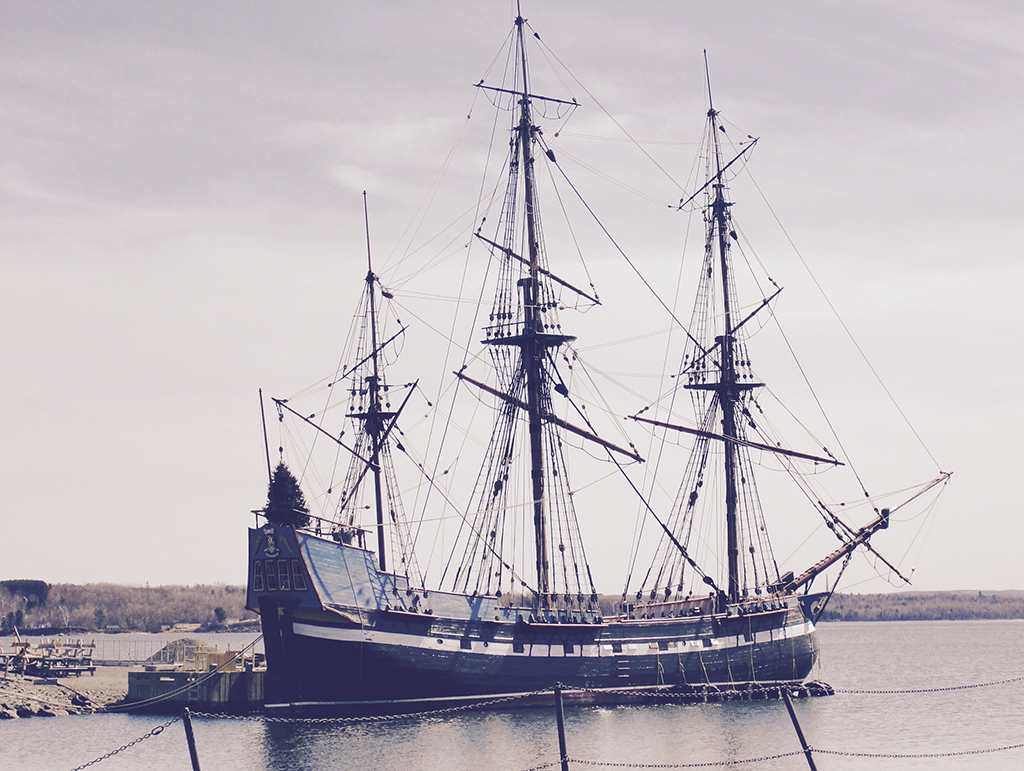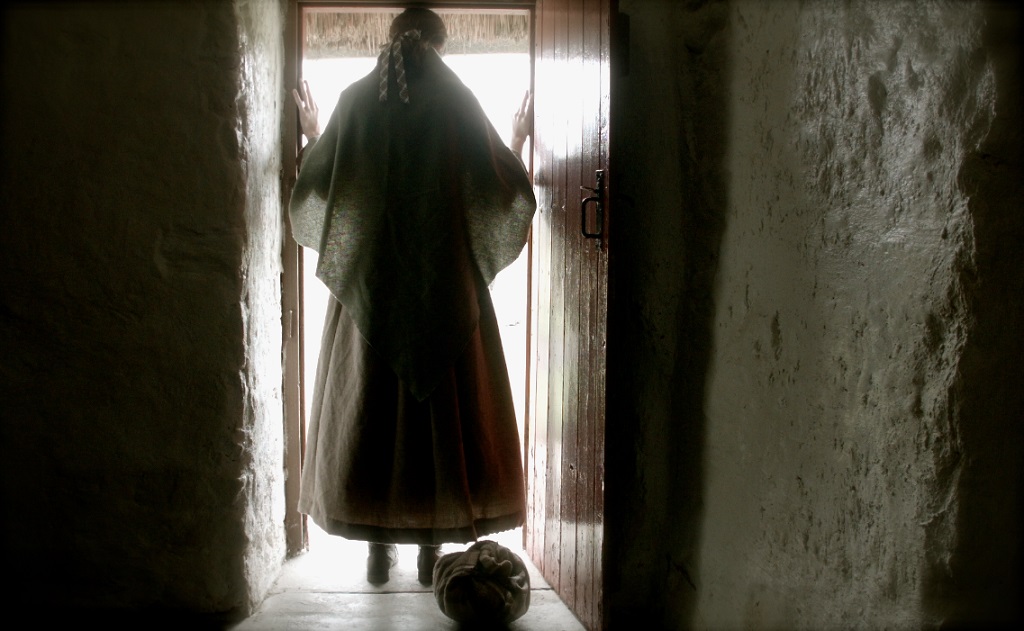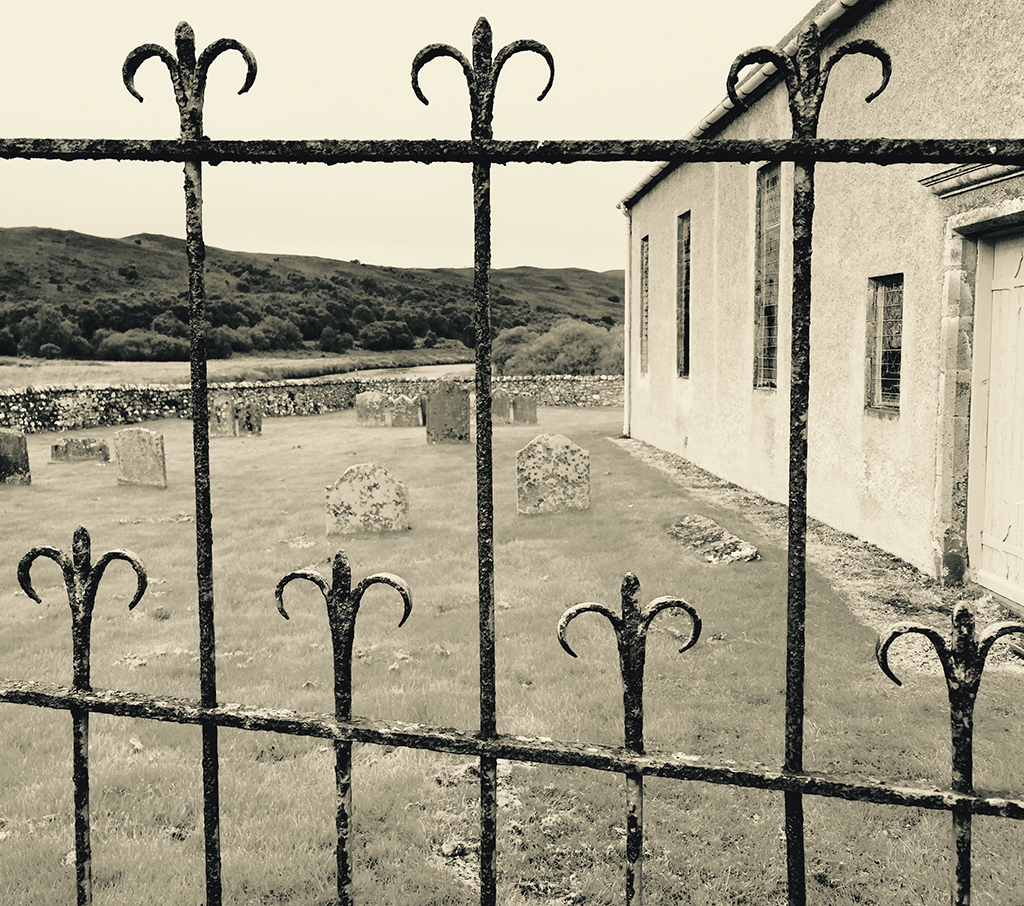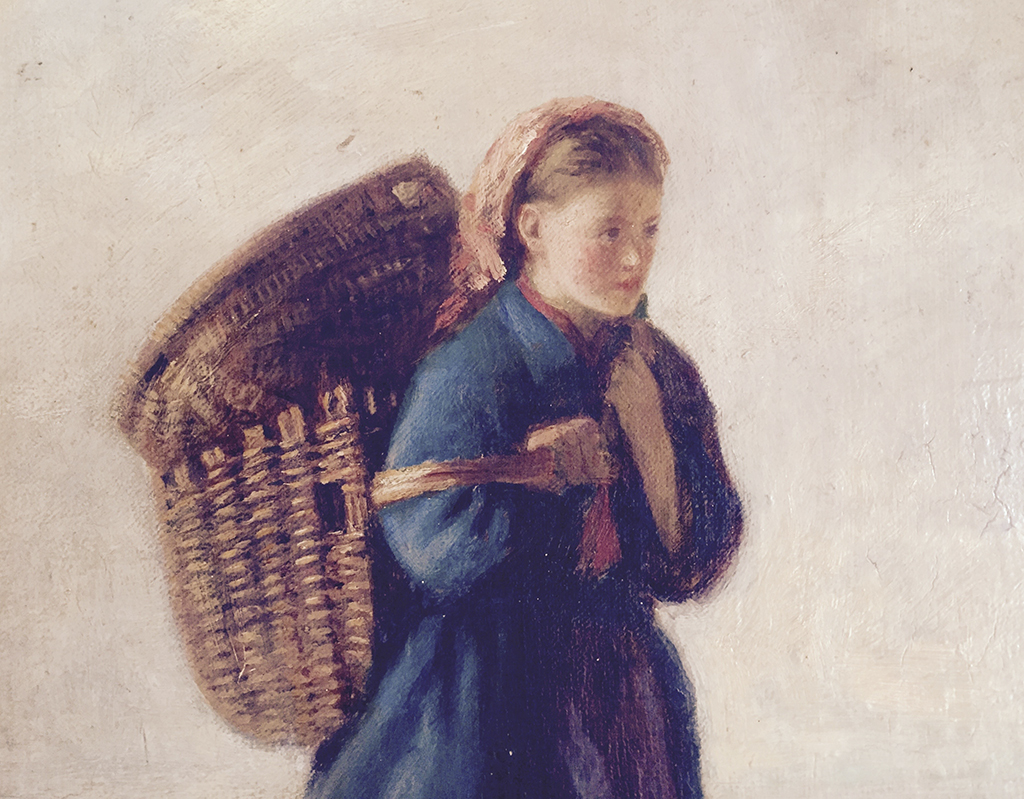The Highland Clearances forced many to make desperate journeys in search of a new life. This is the inspiring story of one of them.
More than 200 years ago, a group of quite ordinary men, women and children from Sutherland set out on what would prove to be an extraordinary journey in search of a more secure future than the one they were being forced to leave behind.
None of them could surely have imagined the hardships they were soon to endure. Picture the scene: a walk, cross-country over rough terrain to reach the coast, with little else bar the clothes on your back. As darkness falls, bed is the cold, wet, unforgiving earth beneath you and, at sunrise, you drag your aching body on towards a leaking ship that will take you away from your family and home forever.
As that ship crosses the Atlantic, passengers are faced with disease and danger at every turn, and for one young woman, what little strength she can muster goes towards caring for the sick nboard. After a terrifying ocean crossing, the passengers are left in the middle of nowhere in a frozen foreign land to face a further 900 miles on foot in dreadful conditions. In total, it will take them a year to reach their destination – those that survive that long.

A replica of the Hector, a ship that carried displaced Highlanders to North America.
It sounds like the stories of today’s refugees as they escape their war-torn homes, but this is the account of migrants from two centuries ago – the Highland families who left their homes in 1813 and boarded a ship bound for the New World.
Along with 80 others from the Strath of Kildonan, including her 18-year-old brother John, Kate MacPherson, who was in her mid-20s, set out from Helmsdale in Sutherland on a journey to the Red River settlement in Canada. They went ahead of the rest of the family who, it was hoped, would follow once the others were settled.
Their creaking ship, the Prince of Wales, was more used to transporting timber than people. Conditions on board were appalling during the two-month crossing, with typhoid fever raging. When the ship’s doctor died, Kate took over, tending the sick as best she could.
The ship was eventually forced ashore by its captain at Churchill River, some 100 miles short of its intended destination port of York Factory, where the weary travellers had been due to land and where vital provisions were awaiting them. It was too late in the year to forge ahead to the Earl of Selkirk’s Red River colony (the settlement that would grow into present-day Winnipeg) and the group were forced to set up camp not far from where they landed.
Food was scarce and the settlers were ill-prepared for the brutal conditions, which saw temperatures fall to minus 40°C. They survived as best they could in hurriedly thrown-together log cabins, forming a makeshift outpost. Again fever and death followed, but the spirited Kate refused to give in.

Molly O’Brien as Kate MacPherson
Following the harsh winter, in early April 1814 John Charles, the chief trader at the Hudson Bay Company’s Fort Churchill, noted that native Inuits in his employment had supplied snowshoes by sled to the 80 or so refugees from the mass evictions initiated a year before in the Strath of Kildonan.
An overland trip was clearly more perilous than a sea passage up the Hudson or a journey down the Nelson River, but with both waterways frozen until late July, travelling by water was out of the question for those emigrants who were desperate to reach Red River in time to catch the end of the crop-sowing season so that they could obtain any kind of harvest in the autumn of 1814. So as soon as winter had slackened enough to make an overland trip possible, a group of the Sutherland emigrants left to make the trek.
On the morning of 6 April 1814, the long march undertaken by the brave settlers from Sutherland – a group which included Kate, carrying little in the way of personal effects save for her mother’s home-made spinning wheel – got underway. Wearing snowshoes and tramping through deep snow, their goal was to walk the freezing 100 miles to the settlement of York Factory, which they finally reached after a long and difficult journey.
Even then, they were 800 miles short of their final destination, the Red River colony. By the time they finally arrived, they had completed an epic journey that is now recognised as possibly the most gruelling and protracted ever made by emigrants from Europe to North America.

A Sutherland graveyard.
Having arrived in Red River exhausted but two years after her from a neighbouring village back home. There were other positives: her only child grew up to become a Canadian senator – nothing like that could have happened if she’d stayed at home in Scotland. Kate died in 1867 and was buried in the Kildonan Presbyterian Church cemetery in Winnipeg – 4,000 miles from her Highland home in Helmsdale.
If all this reads like a movie script, it is hardly surprising that Kate’s story is the inspiration behind a new short film, Last Footsteps of Home, which is set during the Highland Clearances. It is a story close to the heart of the film’s creator Robert Aitken, a writer and director who was born and brought up in Sutherland. It was here that the full force of the Clearances came to bear on the Highland people in the early nineteenth century.
‘The film follows our Highland heroine through her own emotional turmoil at the precise point when she leaves her home, traditional way of life and beloved country,’ explains Aitken.
‘We feel the wail in her dreams to the waking stark reality of her situation. From her final look back at the land of her birth, to her ghostly after-presence, we quite literally follow her last footsteps of home.’
Just five years after Kate MacPherson had left her home in Helmsdale, the Rev. Donald Sage summed up the terrible transformation wrought by the Clearances. ‘The townships in very strath and glen, and on every hill, which teemed with life, are now desolate and silent,’ he wrote. ‘The only traces of the vanished, happy population are here and there, a half-buried hearthstone or a moss-grown graveyard.’

Kate MacPherson had to carry her meagre belongings, including her mother’s spinning wheel, on her back.
Kate’s story, along with those of a number of others, also features in Set Adrift Upon the World, a new book by renowned Scottish historian and writer Professor James Hunter. In this detailed account of the Sutherland clearances, Hunter, who has written extensively about the north of Scotland and the Highland diaspora, describes the depopulation of the region, which spanned an eight-year period, as an ‘extraordinary episode’.
‘Nothing like this, certainly nothing so organised and on such a scale, had taken place in Britain before,’ he explains. ‘It is a tribute to both Kate MacPherson and all the many other people who were forced to leave their homeland and make new lives overseas, that her story has inspired this new short film.’
Today, Kate’s only living descendant is Lynda Jonasson, her great-granddaughter many times over, who lives in Manitoba and extols the virtues of her forebear. ‘From what I can gather, she was very much looked up to,’ says Jonasson. ‘She was a very strong woman, she helped the other women [in the colony] and she helped her man, right in there with him ploughing the fields.’
It is a moving story, which has garnered interest further afield. ‘Kate MacPherson is a forgotten public heroine here in Canada,’ wrote Alexandra Paul in the Winnipeg Free Press. ‘I hope the new film shines a light on this intrepid soul. She was among the best and brightest of the Selkirk Settlers and her descendants live here to this day.
Set Adrift Upon the World by James Hunter (£25, Birlinn) is out now.
(This feature was originally published in 2016)
TAGS

